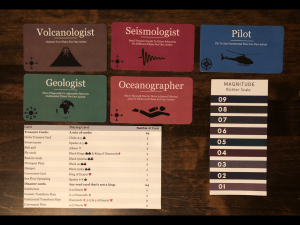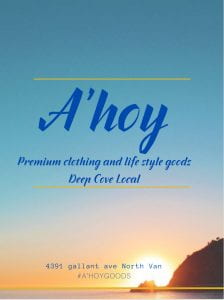For this blog I will reflect on what we learned about tectonic plate movement and how we made a game around the math and science principles that we learned – DISASTER ISLAND!
The game
1. Questioning and Predicting
The first competency we worked on was Questioning and Predicting. We had to demonstrate a sustained intellectual curiosity about a scientific topic or problem of personal interest.
The first thing we did was start on our Milestone 1 – Game rules first attempt. To do this, me and my partners Clare and Fraser had to think about what we might want to make the game like and the rules we would put into the game itself. We all had different markers and wrote our ideas on a whiteboard. We figure it worked well, and we came up with a couple of different ideas of what the game might be like. Clare took a picture of the whiteboard and we came back to those ideas a couple of times to help us as we did more development of the game. We were all curious about how fun we could make the game while still making it about plate tectonics.
Another milestone that related to this competency was Milestone 3 – Plate tectonics test. In this milestone, we had to take a Kahn Academy course online and then take a test on plate tectonics. This was a pretty good way to learn, but if you did the test again, it got repetitive – there weren’t multiple different kinds of questions. I did the test a few times, and I guess I learned by repetition. I used all of that knowledge in making the game. We also learned by reading texts and doing worksheets -they were long and difficult, but I think I learned more from the worksheets than I did from the Kahn academy tests, especially the vocabulary. Between those two learning methods, I think I have a pretty good start on understanding plate tectonics, and I am curious to keep learning more. One of the most interesting things was learning that after a big earthquake happens (like in the 1800s), there can be continuing smaller tremors, and then another big one. I’m interested in the predictions about the next big quake coming to our area.
2. Evaluating
The second competency we worked on was Evaluating. We had to demonstrate an understanding and appreciation of evidence. There is a lot of evidence around plate tectonics. One example is of how Hawaii developed, by being over a hotspot, and the evidence shows how the plates have moved over time, making the islands in a chain. The plates move 1-3 inches every year. All of the plates continue to move. I think that’s really interesting.
In this competency area, we worked on Milestone 2 – Science vocabulary choices, where we picked 10 terms and thought about how to incorporate them into a game, and how they would affect the people playing the game. To do this, I needed to understand the terms and also think about how they related to each other, and how they would work with chance in the game format – something might come up every turn, or only once every five turns, for example.
In this competency, we also worked on Milestone 4 – final game rules and Milestone 5 – complete game. For these milestones, we had to use good team work and also an understanding of all of the terms and concepts of plate tectonics and chance. Our group worked on the final game rules in class and over Notes. We put a document into Notes so people could change the rules any time, not only in class. We made a couple of documents for the rules, and they have changed many times since we first thought of what the game might be like. The rule changes were to make the game more interesting and fun and easy to play. The game started out as a destination game, and the plate tectonics moved the player back and forward, but we ended up deciding on a survival island kind of game. This kind of game worked better with the work we had done around chance calculations (instead of being random). We could use more of the math and science concepts in our final game form. Completing the game took a lot of time, and Fraser and Clare did a lot of work – I helped where I could and made some game pieces and prizes.
3. Understanding and Solving
The third competency we worked on was Understanding and Solving. We had to develop, demonstrate, and apply mathematical understanding through play, inquiry, and problem solving. This was shown through Milestone 6 – Game Day. For this milestone, me and my team finished the game pieces and cards and rules, and brought the whole game to class. We tried it out with the class!
We showed this competency by putting probability into every turn by making it that you pick a card every turn that could make the game change in how hard it is to complete and if it is even possible to complete it. This made the game reflect our math and problem solving learnings. But it also made the game really complicated. Because the cards we had didn’t show what they were supposed to represent (they were playing cards) and because it was hard to remember what each card did. We could have made the game even better to play if we had made the cards show what they did. Not many people played our game for that long because it was complicated to remember everything. The math and science were really solid, though.
And I was really impressed with my partners work because of how many ideas they came up with and all the work they did (during class and over the whole weekend) and how they contributed to make the game better. This also related to the competency Applying and Innovating. By working together like our group did, and by demonstrating our game we used a collaborative approach to share our project with our class.
Having just a little more time to finish our game would have made it even better to play. I’m still proud of what I learned and what we managed to do with the game in the time we had.












